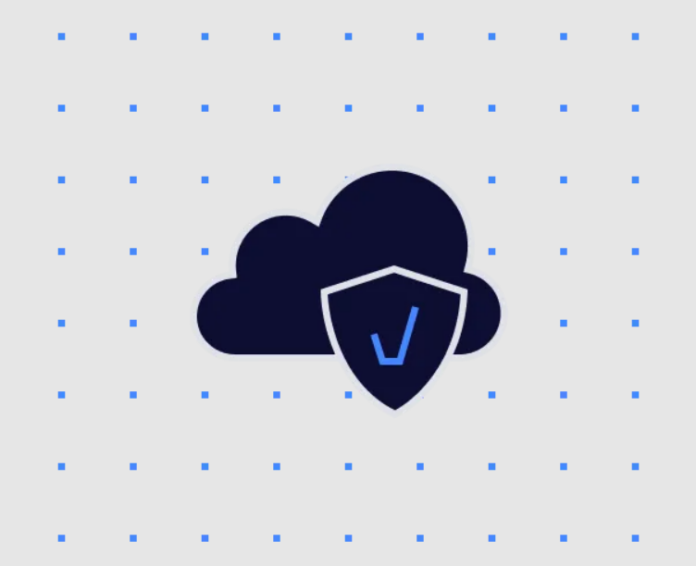In today’s digitized era, enterprises use databases to store more valuable information. Therefore, protecting this data has become vital for the seamless performance of your corporate business model. An effective network security protocol acts as a gatekeeper to that information by preventing unauthorized access to computer networks and their resources.
According to Forbes, cybercrimes infiltrated many high-profile companies in 2021 – one of the most tiring years for cybersecurity in so many areas as businesses suffered more than 50% of cybercrimes per week. Also, on average, network crimes can now penetrate around 93% of company networks. Mastering the basics of network security and its design fundamentals is now a must-have skill for efficiently surpassing cyberattacks.
What is Network Security, and why do we need it?
The authorization for access to your company’s information within a network is handled via network security protocols. The task is under the supervision of a network security engineer who monitors any misuse or modifications to your computer network. The corporate network security domain covers the transactions and communication among different businesses, government agencies, and people.
Whether the network is private or open to public access, ensuring data exchange is secure is why we need network security protocols at all layers of cyber communication. Most organizations communicate through computer networks. Hence, there is a massive collection of workstations and servers that a network packet goes through. Enterprises must prioritize taking robust measures for building network security protection.
Network Security and the Cloud
Not so long ago, organizations used to store their data on separate storage devices. Now, as technology is inherently striving to improve our way of life – tech companies are moving from on-premises to the cloud, making IT more efficient and cost-effective.
More sensitive information is stored in the cloud introducing challenges that make security tricky. Yes, a cloud is a powerful tool, but this also makes it vulnerable to cyber security attacks.
For starters, deploying a new network in the cloud is pretty basic since anyone with the credentials can expand the network without direct involvement from the IT or security teams. If, for instance, the system configuration isn’t secure, it can easily fall under a wide range of cyber security threats putting your company’s confidential information at risk.
The unparalleled speed of change in cloud networks also poses a unique challenge in securing these networks. The abrupt appearance and disappearance of assets due to technologies like autoscaling and serverless computing make security maintenance an uphill task. Conventional security measures like vulnerability scanning do not function effectively in such an environment since the vulnerable asset might only appear for a few minutes – giving enough time to the malicious user to find and exploit it.
What are the Network Security Design Fundamentals?
The design fundamentals for network security form the foundation of the architecture of an organization and consist of 4 primary domains: physical areas, accessibility, user authentication, and liability. These fundamentals work together to take actionable measures to protect the network infrastructure from unauthorized access. The fundamentals are:
Network Isolation
The idea behind network compartmentalization is to restrict the effects of an incident to a limited number of assets. Conventional approaches used for this purpose involved internet firewalls and VLAN configurations. They did help slow down the impact of cyberattacks but were costly and ineffective against threats since VLANs are not usually fully isolated from each other and have multiple subnets.
Enabling Security Policy
Implementing security policies enables organizations to detect hostile or accidental policy abusers. It consists of three segments:
- The design analysis of the system takes into consideration key specifications like the hardware and software technologies.
- The detection of violations via specified policy provisions makes it easier for network administrators to assess real-time incidents and keep records as evidence.
- Lastly, action against the violator following the local security policy defines the control and authentication practices.
Employee Identification
This function deals with the level of trust for an entity to allow access to the system. One of the most straightforward analogies for this is issuing identity cards to the employees. Additionally, the concept of identity and trust in a network security system also works on a similar model and consists of two crucial aspects: direct trust and third-party trust.
The direct trust model establishes secure communication between two parties where all validations are performed by the Certificate Authority (CA), and one party performs all authentications for the other entity. The third-party trust model, in contrast, consists of an entity sharing a formal relationship with the two parties and can vouch for the trustworthiness of each.
Conclusion
While developing a network security design at an enterprise-level level, you need to consider multiple factors – each having a cost associated with it. Nowadays, with so much happening over the internet, firewall vendors offer products that assure high security and are also budget-friendly. Businesses can opt for these and cherry-pick the ones that can give the best security solution for their company. Rigorous research and preparation are still the best way to prevent malicious attacks since they help develop a robust network security solution – protecting your organization’s network infrastructure.





